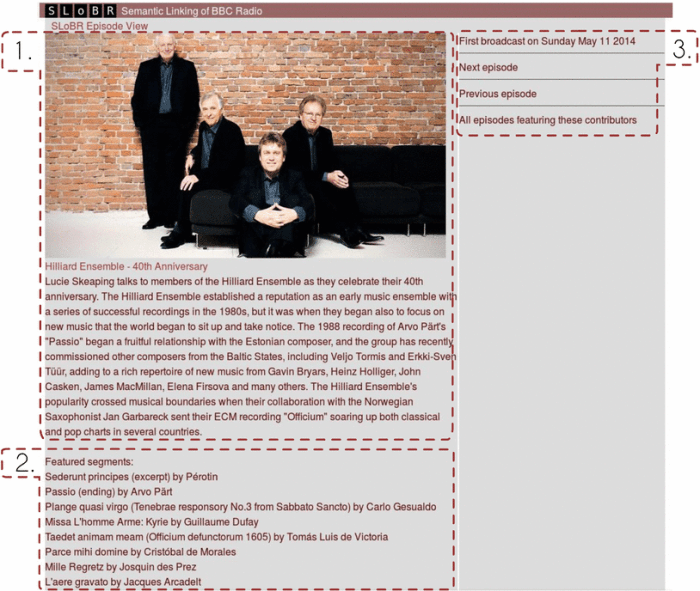Match the composers to their corresponding country or region. The topic is explored through an insightful examination of composers and their countries of origin, musical styles and geographical influences, regional music traditions and composers, cross-cultural influences and collaborations, and contemporary composers and global connections.
This discussion provides a comprehensive overview of the topic, shedding light on the diverse and fascinating world of music.
Composers and Their Countries of Origin
Composers throughout history have been influenced by their cultural and geographical backgrounds. The following table provides a glimpse into the diverse origins of some notable composers:
| Composer | Country | Birth Year | Death Year |
|---|---|---|---|
| Johann Sebastian Bach | Germany | 1685 | 1750 |
| Wolfgang Amadeus Mozart | Austria | 1756 | 1791 |
| Ludwig van Beethoven | Germany | 1770 | 1827 |
| Frédéric Chopin | Poland | 1810 | 1849 |
| Franz Liszt | Hungary | 1811 | 1886 |
| Richard Wagner | Germany | 1813 | 1883 |
| Giuseppe Verdi | Italy | 1813 | 1901 |
| Pyotr Ilyich Tchaikovsky | Russia | 1840 | 1893 |
| Edvard Grieg | Norway | 1843 | 1907 |
| Claude Debussy | France | 1862 | 1918 |
Musical Styles and Geographical Influences
The geographical location of a composer can significantly influence their musical style. For instance, composers from regions with strong folk traditions, such as Hungary and Norway, often incorporate folk melodies and rhythms into their compositions. Conversely, composers from urban centers, such as Vienna and Paris, tend to adopt more sophisticated and cosmopolitan musical styles.
For example, Edvard Grieg, a Norwegian composer, was heavily influenced by the folk music of his homeland. His compositions, such as the “Peer Gynt Suite,” feature traditional Norwegian melodies and rhythms. In contrast, Claude Debussy, a French composer, was influenced by the Impressionist movement in painting and literature.
His music is characterized by its ethereal and atmospheric qualities.
Regional Music Traditions and Composers

Distinct musical traditions have developed in different countries and regions around the world. These traditions are shaped by a variety of factors, including cultural history, geography, and religion.
For example, in India, classical music is based on the ancient Hindu tradition of raga and tala. Ragas are melodic frameworks, while talas are rhythmic cycles. Indian classical music is known for its complex and intricate melodies and rhythms.
In contrast, Western classical music is based on the European tradition of harmony and counterpoint. Harmony refers to the simultaneous sounding of multiple notes, while counterpoint refers to the combination of independent melodic lines.
Cross-Cultural Influences and Collaborations: Match The Composers To Their Corresponding Country Or Region.

In recent decades, there has been a growing trend of cross-cultural influences and collaborations between composers from different countries and regions. This has led to the emergence of new and innovative musical styles.
For example, the American composer John Cage collaborated with the Japanese composer Toru Takemitsu on a number of works. These works combine elements of Western and Eastern music, resulting in a unique and distinctive sound.
Another example is the Chinese composer Tan Dun, who has incorporated elements of Chinese folk music into his Western-style compositions. His music has been praised for its originality and its ability to bridge cultural divides.
Contemporary Composers and Global Connections

Technology and globalization have made it easier than ever for composers from different parts of the world to connect and collaborate. This has led to a greater exchange of ideas and a more diverse and cosmopolitan musical landscape.
For example, the American composer Steve Reich has collaborated with musicians from Africa, Asia, and Europe. His music is known for its use of repetitive patterns and its exploration of different cultural traditions.
Another example is the Iranian composer Reza Vali, who has incorporated elements of Persian traditional music into his Western-style compositions. His music has been praised for its unique and evocative sound.
FAQ Corner
What is the significance of matching composers to their corresponding country or region?
Understanding the geographical context of composers provides insights into the cultural and environmental factors that shape their musical styles.
How do geographical influences impact musical styles?
Geographical factors such as climate, landscape, and cultural traditions can influence the rhythms, melodies, and harmonies found in music.
What are some examples of cross-cultural collaborations in music?
Collaborations between composers from different cultures have led to the creation of innovative and groundbreaking musical styles, such as jazz, world music, and electronic music.